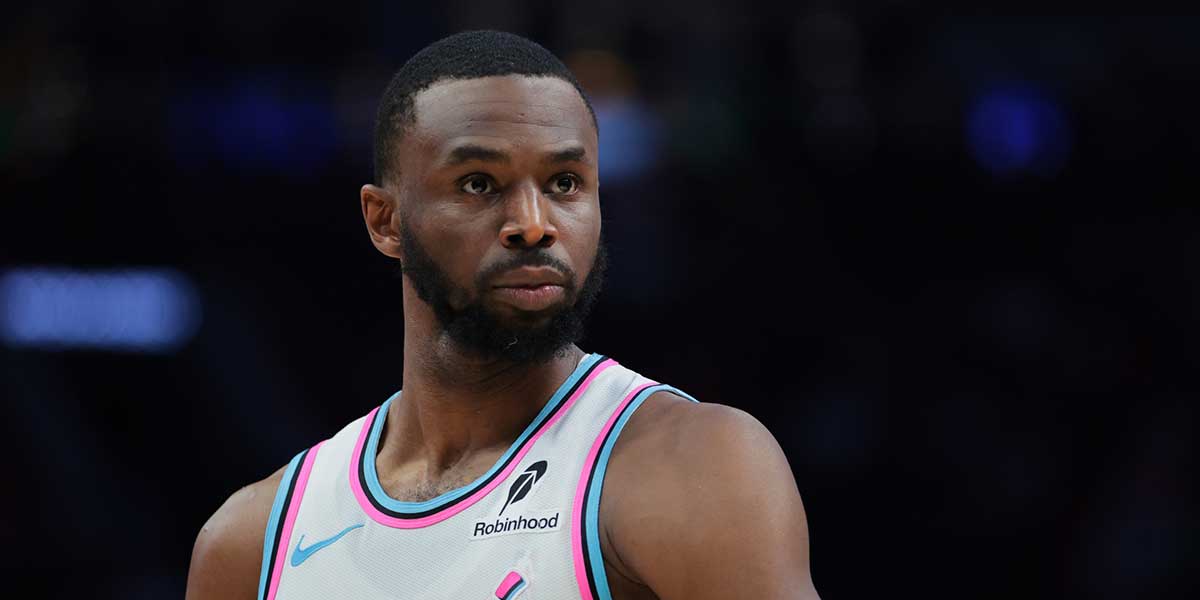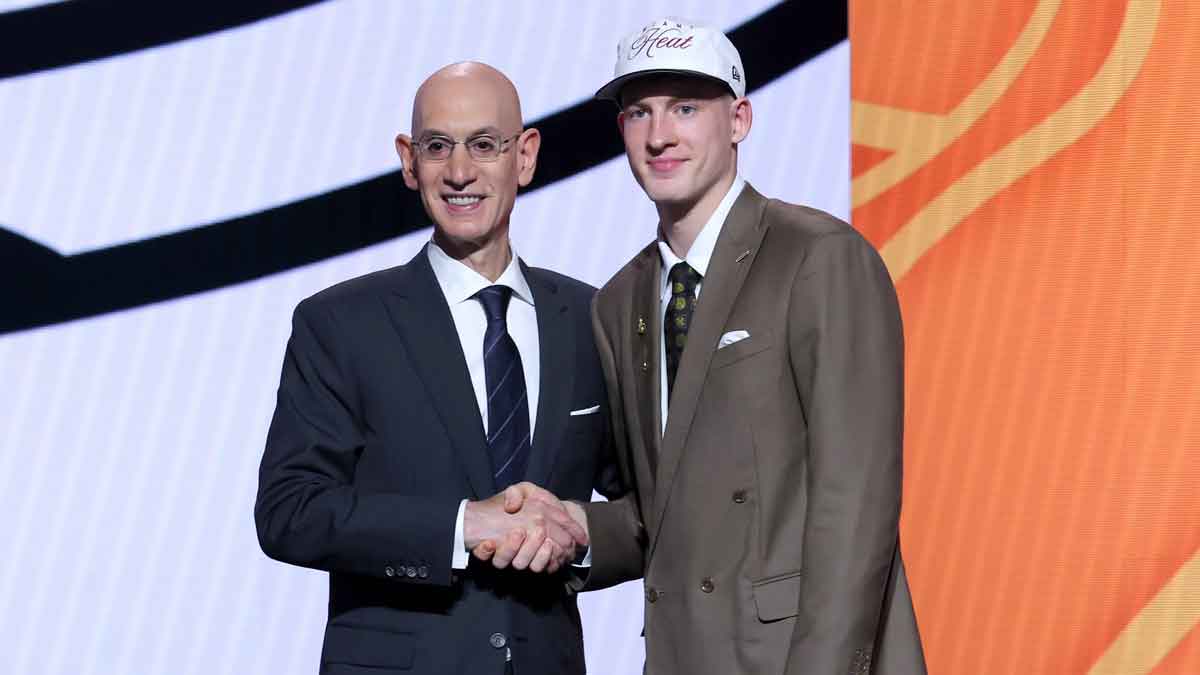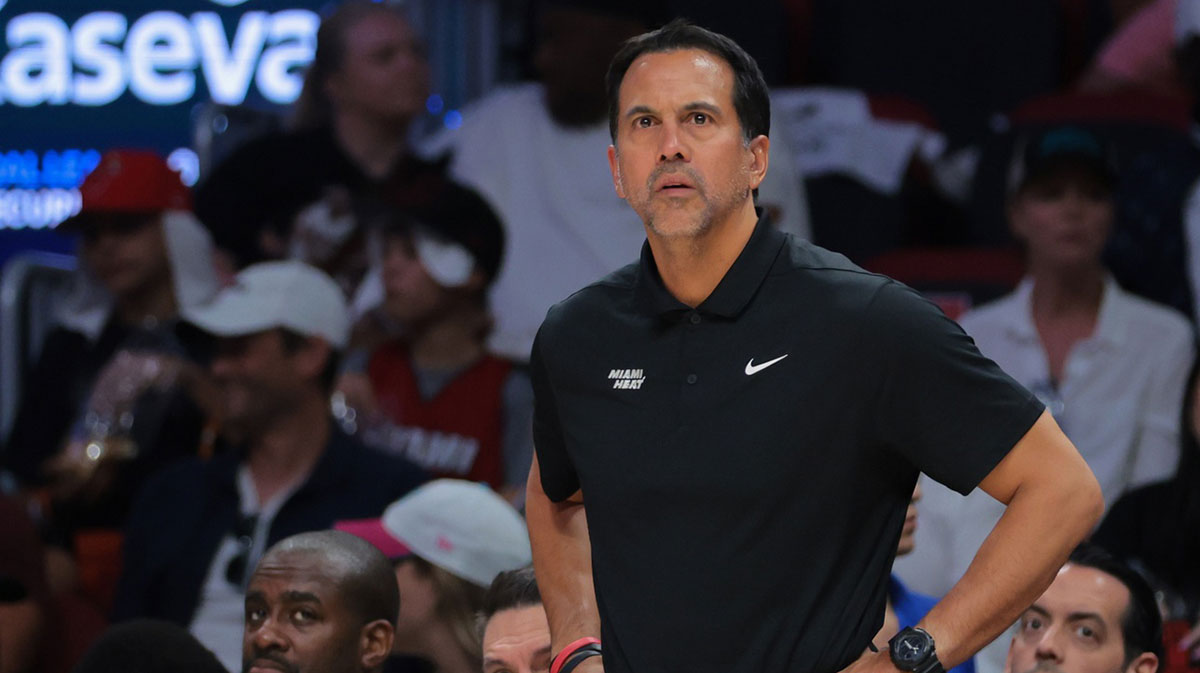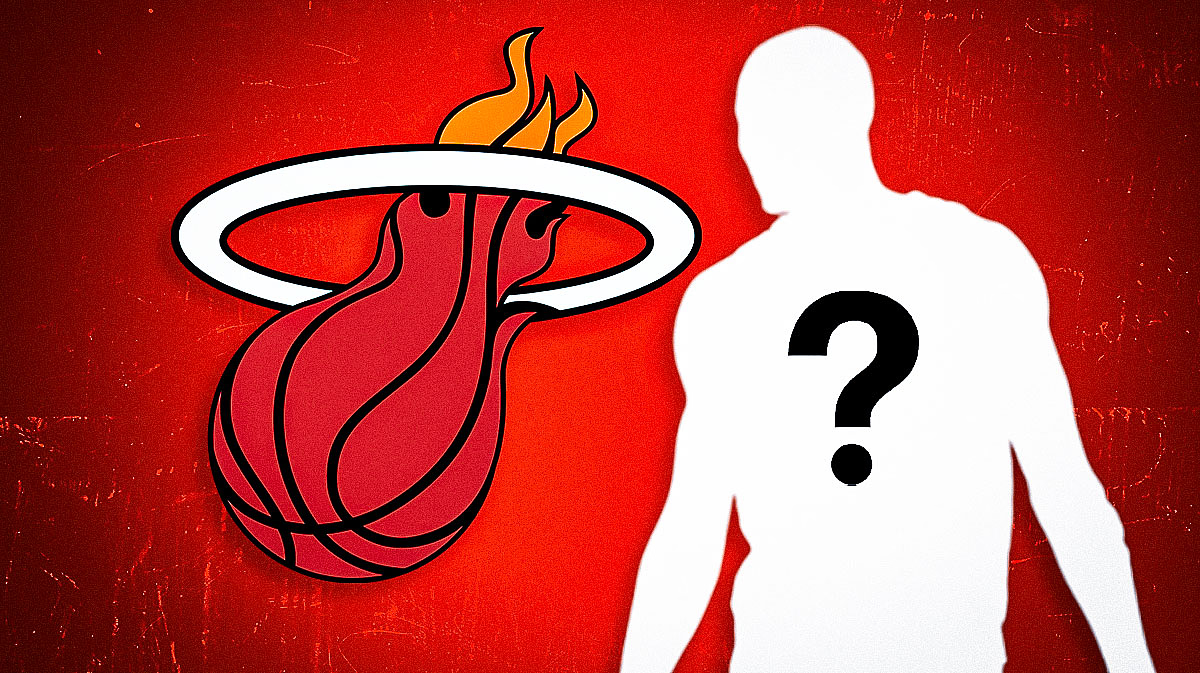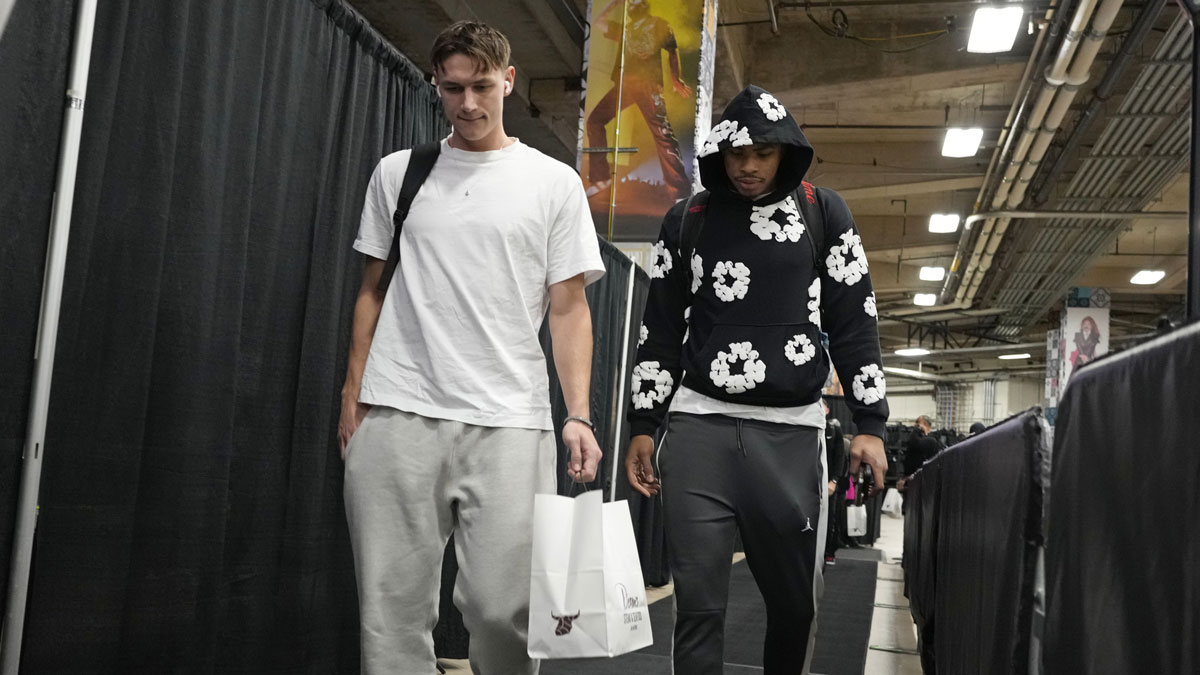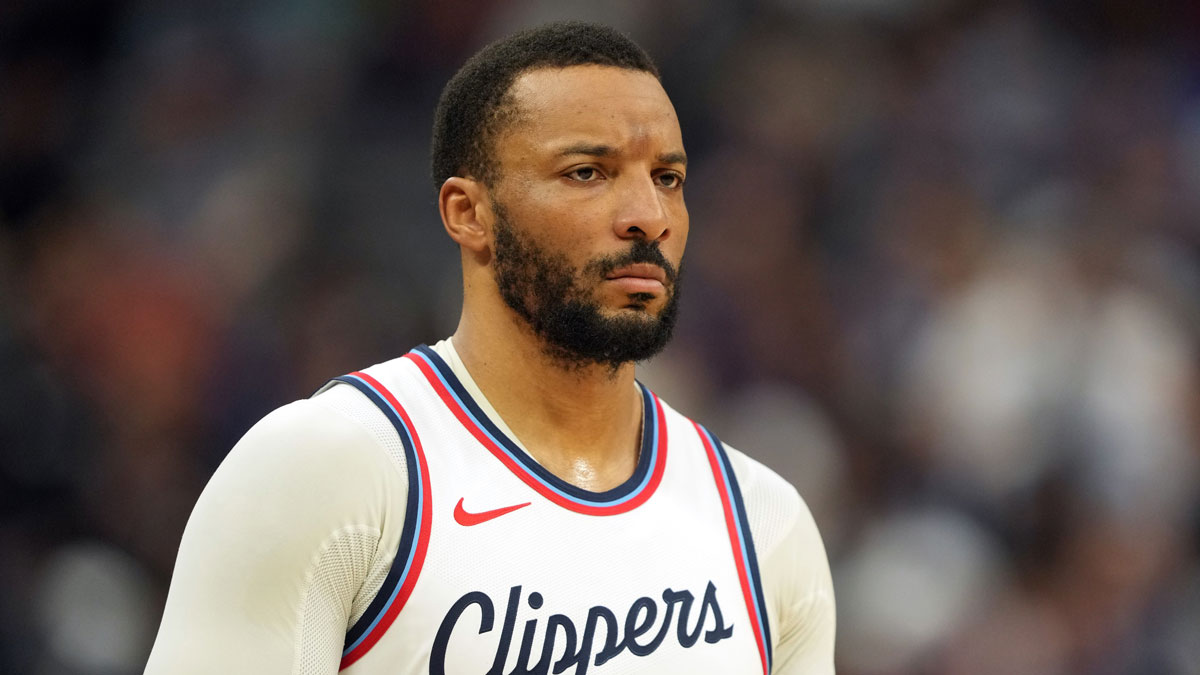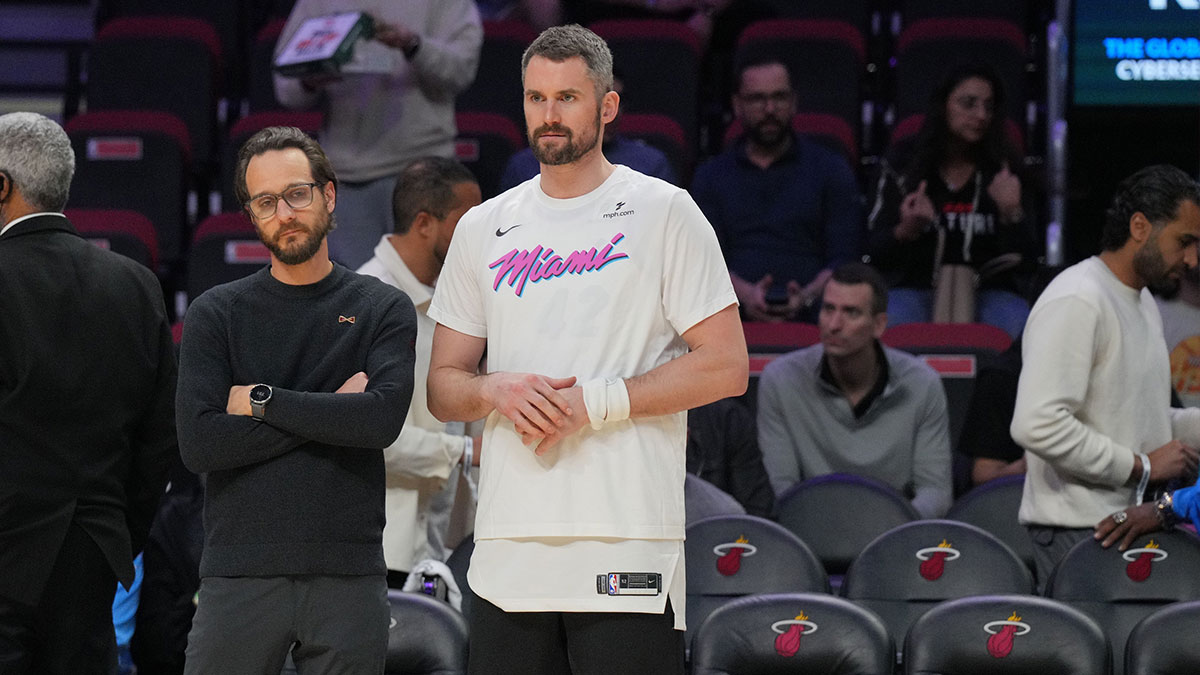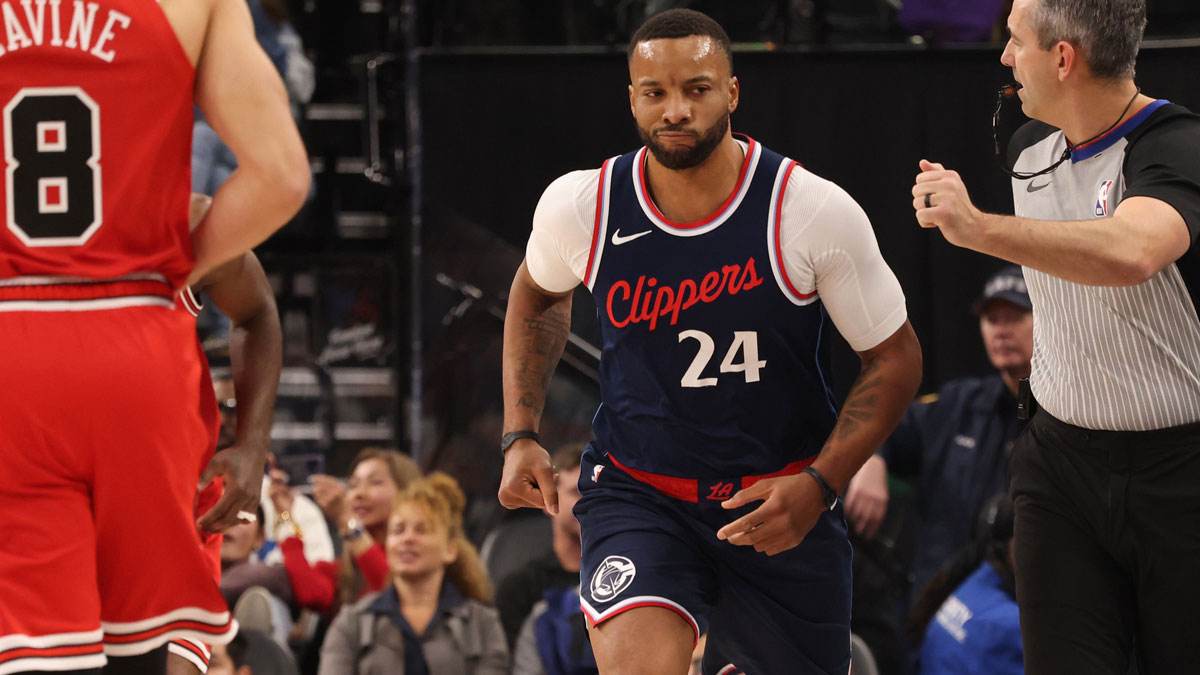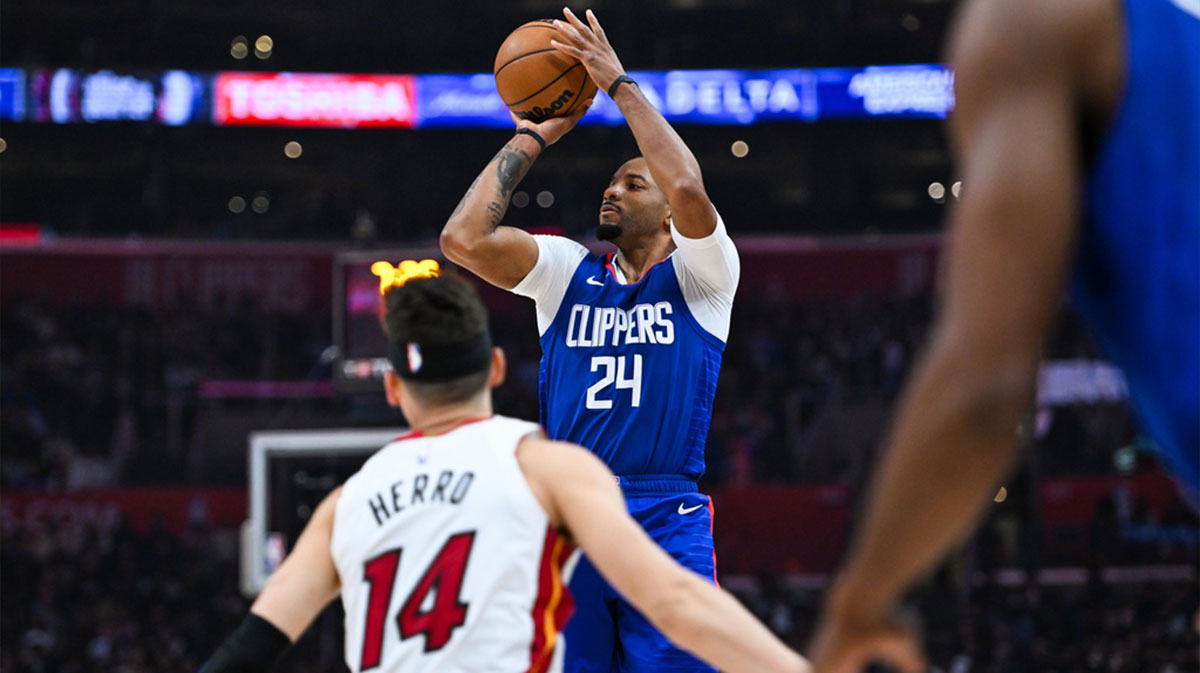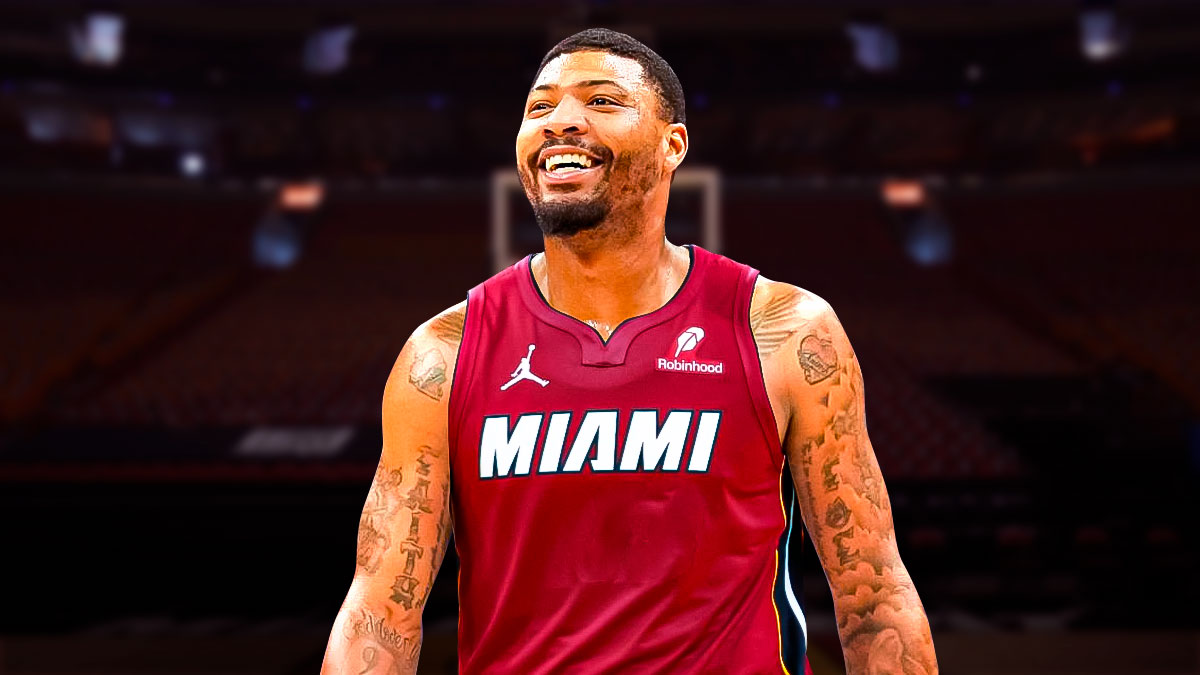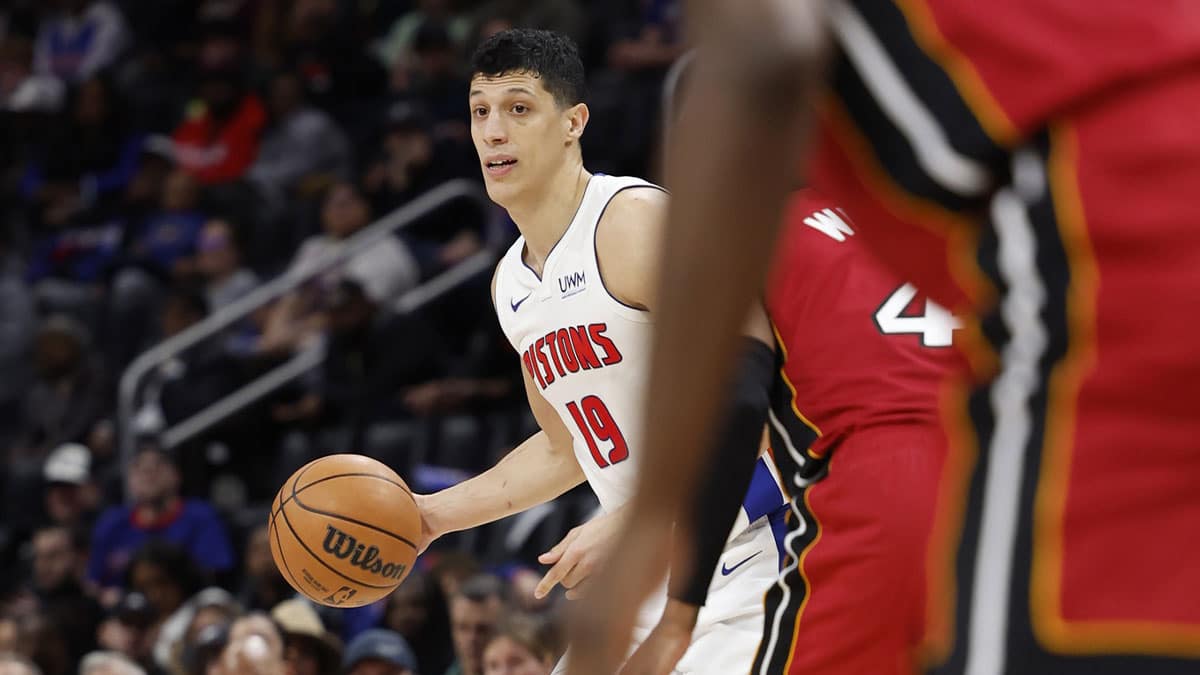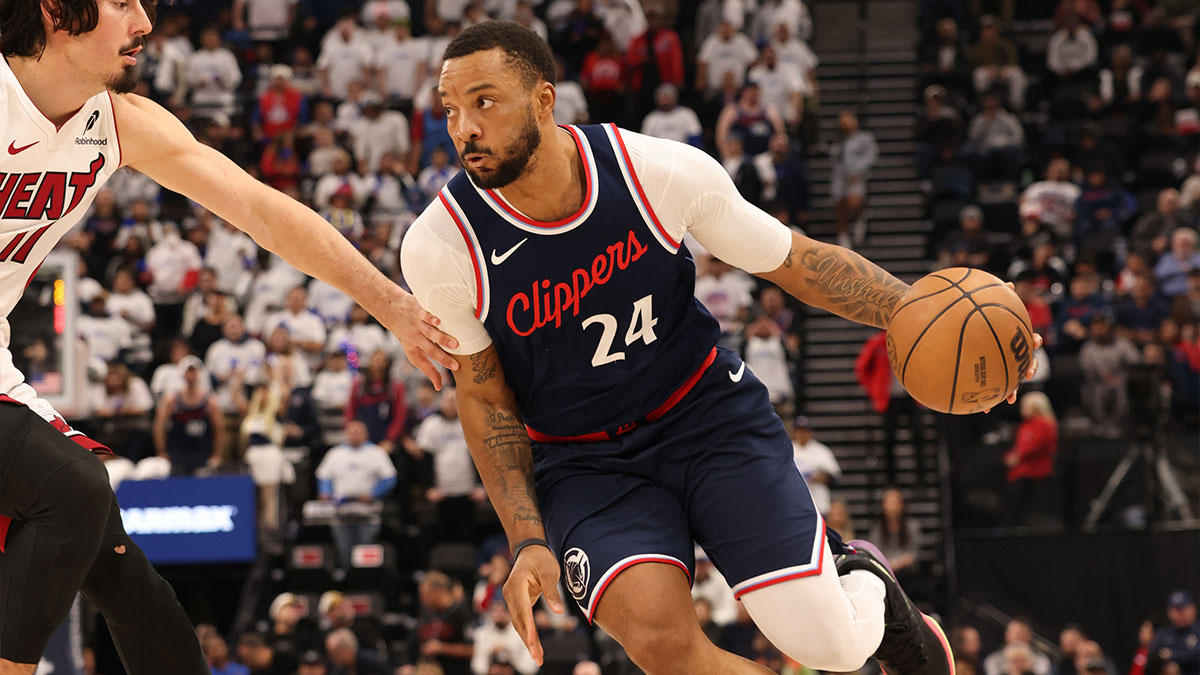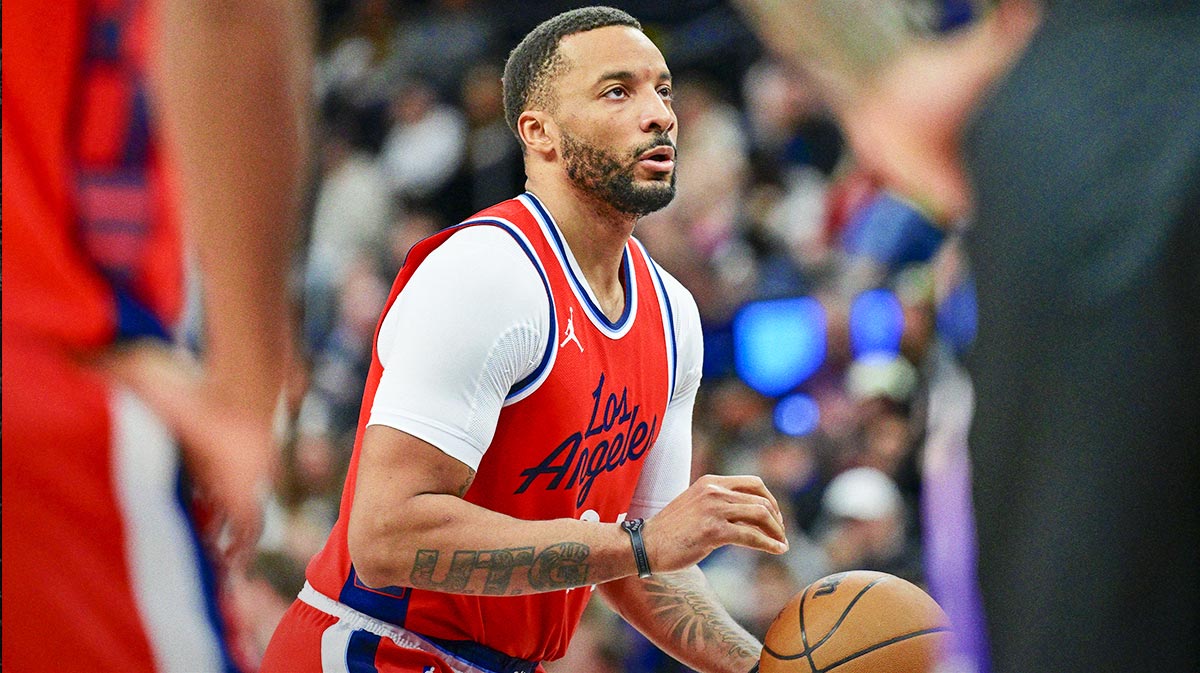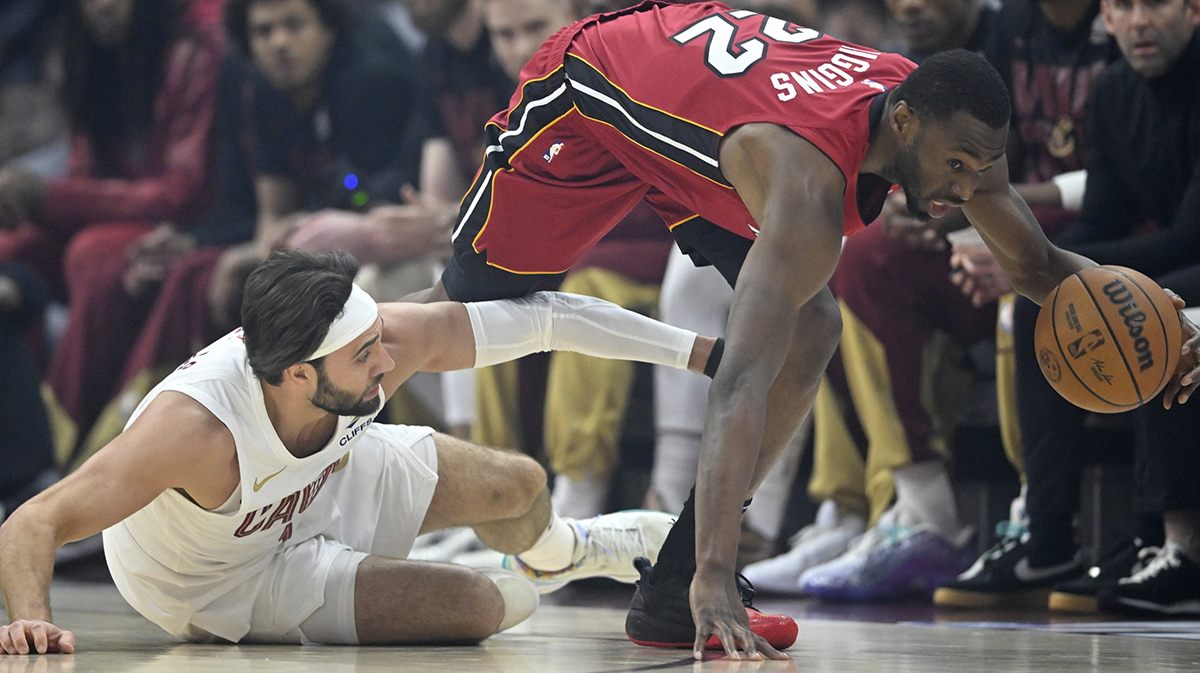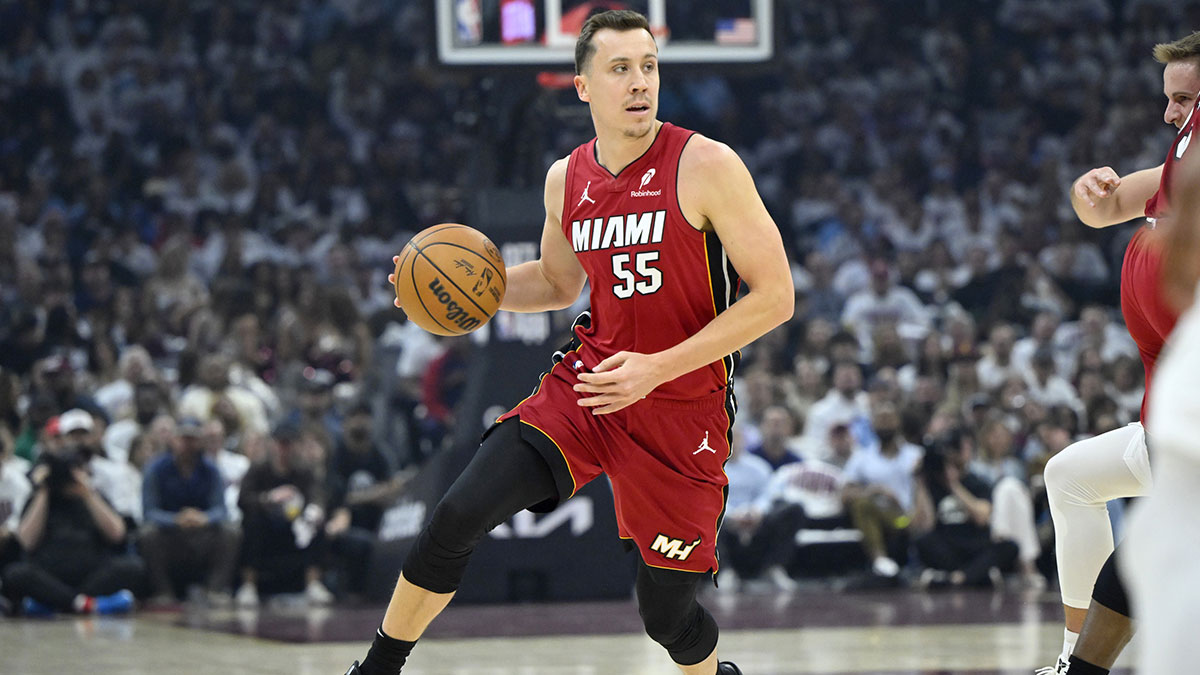Back in June of 2015, Duke forward Justise Winslow was a popular man. The Boston Celtics infamously offered the Charlotte Hornets and Miami Heat six draft selections (four first-rounders) to move up from the 16th pick in order to grab the 6-foot-7 wing. As history goes, both teams declined the offer.
Charlotte made Wisconsin big man Frank Kaminsky a Hornet while Winslow is entering his fourth year with the Heat.
Coming out of college, Winslow was a coveted prospect, charming franchises with his hyper-athletic, chiseled frame, lockdown defensive potential, and 41.8 percent three-point stroke. Three years later, the Celtics look like they dodged a bullet — building a future juggernaut with their treasure chest of draft picks — as Winslow has struggled to actualize the potential he once oozed.
There are very few concerns with Winslow's defensive impact and role. He's a stingy and rugged on-ball defender who plays the passing lanes well (1.2 steals per-36 minutes for his career), which has been his path to consistent minutes thus far. Approaching his fourth season and slated to be a restricted free agent next summer, Winslow will have to prove his offensive worth warrants a lucrative long-term contract.
No Three With The Defense

With 3-and-D wings all the rage nowadays, Winslow was supposed to fit the mold and utilize his athleticism to push him beyond the traditional barriers of that archetype. But with funky shooting mechanics and a slow release, his polished three-point clip at Duke was always a bit of a mirage and he's nailed just 31.4 percent of his long balls through three seasons.
Although, at 6 feet 7 inches, 225 pounds, Winslow boasts the physical tools to invent other creative ways to score, even if he lacks consistency beyond the arc. Such a development hasn't materialized yet. Despite the size and explosiveness, he doesn't possess the off-ball instincts to be a dynamic slasher and is a poor finisher around the basket. Pairing those traits with his inability to shoot and Winslow's ugly offensive metrics make sense.
That's not to say Winslow is completely inept on the offensive side of the floor. Last season, he made serious strides as a shooter, knocking down 38 percent (49 of 129) of his looks from deep. And over the past two seasons, Winslow has flashed some ability as a secondary creator, averaging 3.8 (2016-17) and 3.2 assists (2017-18) per-36 minutes.
Furthermore, Winslow isn't solely responsible for these struggles. If last season's Synergy chart is any indication (it is), he's been pigeonholed into an improper role, primarily relegated to spot-up shooting duties. Composing 30.6 percent of his offensive usage, spot-ups were his most popular play type, though he merely graded out as slightly below the median (48th percentile, 0.97 points per possession).
While stationing a 38 percent three-point shooter on the perimeter for long stretches makes sense in theory, Winslow's prior growing pains continue to haunt his present-day situation. He doesn't invoke any fear beyond the arc, mitigating his role as a floor-spacer. Compounding that issue is his unwillingness to fire away in the face of defenses — 123 of his 129 three-point attempts last season were deemed wide-open (102) or open (21) by NBA.com.
He also rarely, if ever, jacks up jumpers off the bounce (118 of 129 were catch-and-shoots), making him an entirely one-dimensional outside threat. Another season north of league average beyond the arc might force opponents' hands a bit more but half the battle of floor spacing is commanding the defense's respect, an elusive trait to this point for Winslow.
Note how often Winslow's man was able to crash into the paint and thwart dribble penetration. While Winslow periodically burned defenders, he isn't enough of a high-volume shooter to offset the lack of true floor spacing he provides, even if his three-point percentage might suggest he is, which makes his role as a spot-up shooter puzzling and largely ineffective.
Point Forward, Moving Forward?

Much of Winslow's offensive Synergy profile is an eyesore, littered with rankings between the sixth and 37th percentile, but one action shines brighter than its peers: pick and rolls with Winslow directing traffic. As the lead ball handler last season, he commandeered 85 screen and rolls (1.3 per game), producing 0.91 PPP (75th percentile league-wide), and for a player whose offensive role has been murky much of his career, supplying him more opportunities as the floor general might be his most viable path to steady value.
A surefire sign that the game is beginning to slow down for Winslow is the controlled pace he plays with as a facilitator. He has the patience to let plays develop and exudes a calm demeanor with the ball in his hands:
There are serious limitations to letting Winslow run the show, however. Given his dearth of shot creation, defenders can simply sag back, go under the ball-screen action and invite Winslow to take pull-up jumpers or charge the rim. The league's best pick-and-roll maestros — Stephen Curry, Damian Lillard and Kyrie Irving among others — are dynamic because of their passing and scoring chops, the latter of which Winslow is still searching for.
Winslow will never ascend to their tier as scorers but he's scraping the bottom right now and needs to fashion some type of self-creation skills to demand a high-usage pick-and-roll gig — though there is a happy medium between that level and his current playmaking role.
Screening Combo Forward

Another way to let Winslow create for others without exposing his flaws as a scorer would be to insert him as the screener in some pick and rolls, letting him rumble downhill in advantageous situations. He's only operated as the roll man 43 times in his career but firing him into scattered defenses with another playmaker on the floor has worked at times:
Along with Bam Adebayo and Josh Richardson, Winslow is one of three core players who hold the upside to help guide Miami into the next decade. Of the 11 guys to see 18-plus minutes a night for the Heat last season, only Winslow, Adebayo and Richardson are 24 or younger and their long-term development is going to shape the franchise's future.
Together, that trio amassed a net rating of 7.3, which a featured a sterling 95.1 defensive rating, second-best among Miami's three-man lineups last season. Much like Winslow, both Adebayo and Richardson are already plus defenders but will need to refine their offensive craft to become legitimate franchise cornerstones capable of assuming the torch once the Heat's cast of good-not-great pieces moves on.
But unlike Winslow, Adebayo and Richardson have the valuable commodity of time. Adebayo will be just a sophomore by NBA standards next season while Richardson — who's emerged as one of the premier perimeter defenders in the league and has a burgeoning offensive game — is starting a four-year, $42 million contract he inked last September.
Winslow, meanwhile, is caught in the middle of those two. Adebayo is young and inexperienced enough to get by on his raw talent and physical tools as he grows into his game. Richardson is an established 3-and-D wing who's currently the best player of this young trio. Winslow doesn't have the youth of Adebayo nor the ability of Richardson (not yet at least) to warrant a big-time contract next summer.
Set to embark on his fourth NBA season, the time is now for Winslow to establish an offensive identity — a mandate that requires increased flexibility from the coaching staff and a more diverse array of skills from Winslow. Three years isn't enough to abandon hope on a player but eventually, the drug of potential wears off, teams sober up and all that's left is a former lottery talent whose game never evolved.
We aren't there yet with Winslow but the 2018-19 season is his most important one to date, primed to reveal whether or not he can make the leap from merely an impactful defender to well-rounded NBA player, perform his way into a shiny new deal and remain a key piece of Miami's long-term outlook.

